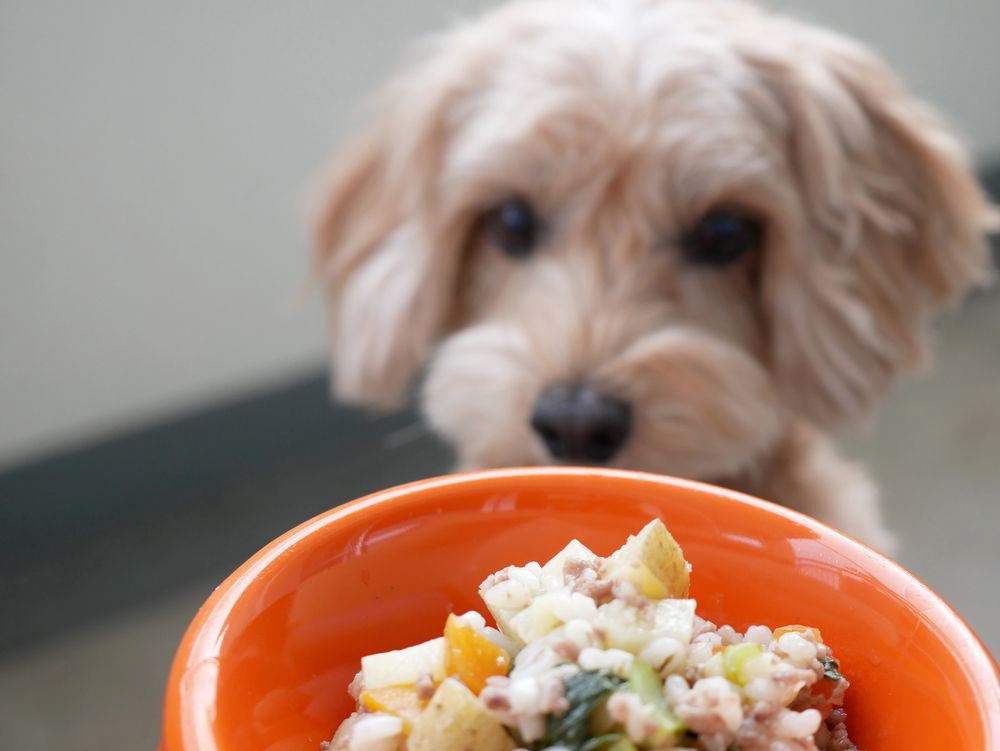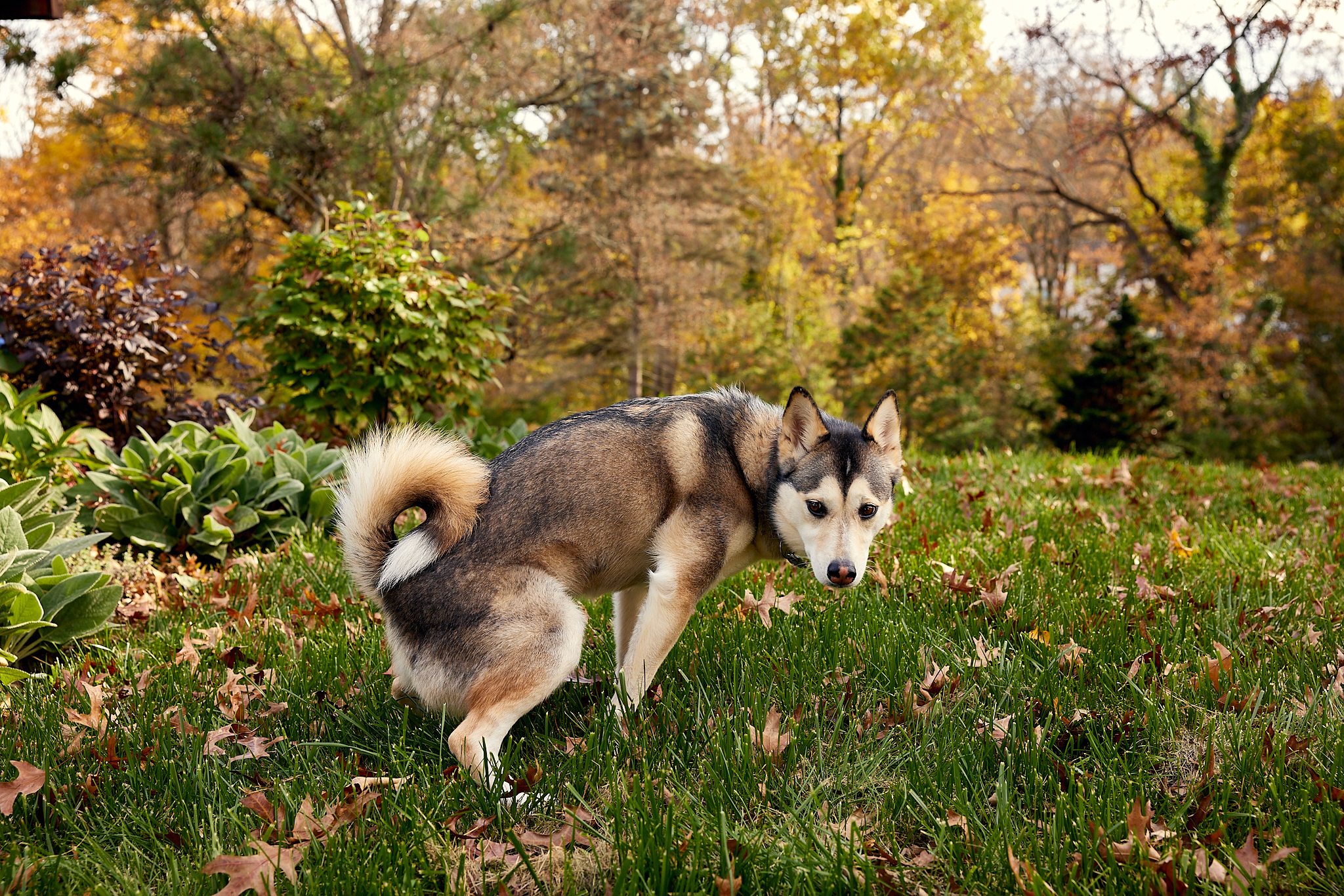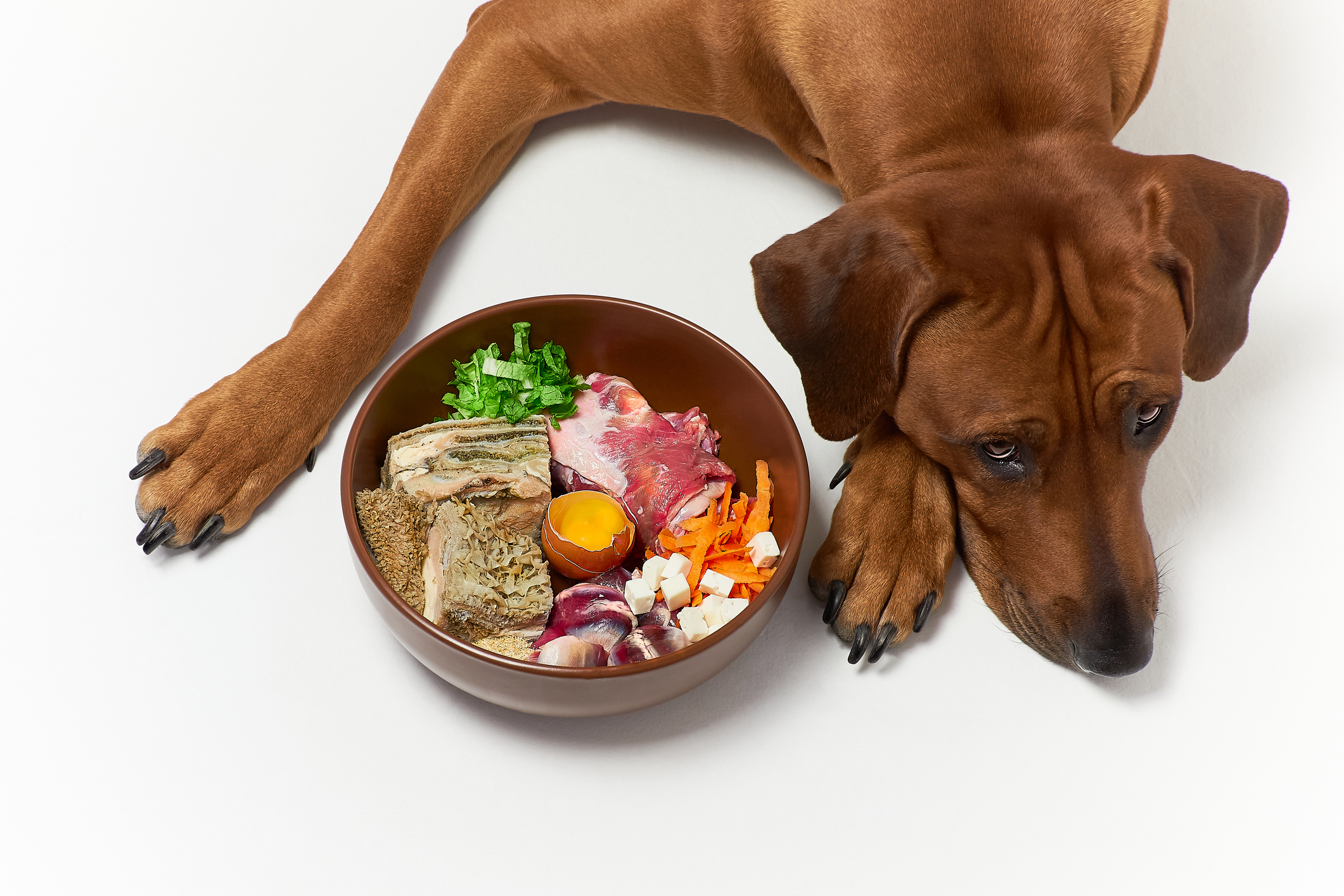Hey Ollie blog readers! We’re offering you an exclusive 60% OFF your starter box! Try now!
Ever have a stomach bug? When you felt ready to eat did you start with a limited diet like dry toast or broth? If you have a dog, you may have cleaned up vomit or diarrhea a time or two. You may have also wondered how to help your dog recover.
Some dogs can vomit from eating something bad and be absolutely fine after, but when they’re sick this isn’t the case. They may continue to vomit if you give them their normal meals. So, how do you help them settle their stomachs so they can get back to enjoying the good stuff?
You can use a bland diet, similar to how you recover from stomach issues. However, since tea and toast won’t work for your pup – here’s what will!
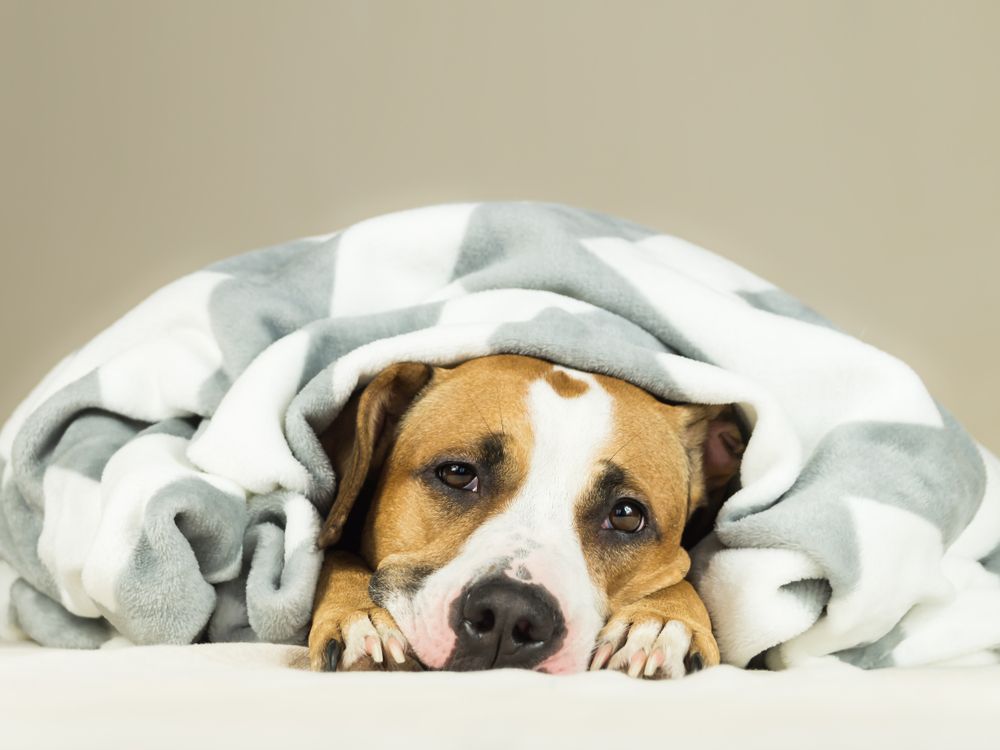
Why might my pup need a bland diet?
If your pup has been showing signs of gastrointestinal distress, you will want to get them checked out by a vet if the issues don’t resolve in about 24-48 hours. Your vet will rule out serious issues like blockages, kidney disease, tumors, and parasites and check for bacteria that cause stomach upset like E.Coli.
Once you have a diagnosis, your treatment plan is likely to include a bland diet for at least a few days as your pup recovers.
How to prepare a bland diet
A bland diet consists of a simple carbohydrate and single protein. You can try 50 percent plain white rice and 50 percent lean protein. When making rice for your pup, avoid using butter, salt or seasonings and keep things as plain as you can.
As far as lean protein, you can use chicken, turkey breast, or even hamburger – as long as you drain out all of the fat. This is not time to start prepping for the Iron Chef, canine edition. You want to keep everything as plain as possible to help your dog feel better fast.
The easiest way to prepare meat for a bland diet is to boil it in very lightly salted water. You’ll then drain your meat and allow it to cool. Don’t toss the water just yet – you can skim off the fat (if there is any) and use a little bit of the “broth” to moisten your pup’s food. Bland, wet food is probably going to be a little more appealing than bland, dry food!
If your pup is a picker eater or needs to eat bland a little longer, you can also try feeding, plain, unseasoned scrambled eggs. Remember, don’t add any cheese or seasoning to the eggs. While this might make them more appetizing, it could also irritate your pup’s already upset stomach.
If your pup doesn’t like plain rice, you can try plain, baked sweet potato, oatmeal, or plain pasta. You can use canned sweet potato as long as it is not loaded with sodium.
For dogs with diarrhea, you may want to add some pumpkin or banana to their bland diet menu. They both contain soluble fiber and potassium to help your pup feel better fast. If you aren’t roasting your own pumpkins, you might rely on these handy pouches of pumpkin puree or canned pumpkin. When purchasing canned pumpkin remember NOT to buy pumpkin pie filling. Canned pumpkin pie filling contains sugar and spices that can make your dog sicker.
What are the benefits of a bland diet? How does it settle my dog’s stomach?
There are a few reasons why a bland diet is beneficial for your pup. First, it is easily digested so your dog’s digestive systems don’t have to work as hard to break down the food to get nutrients and energy. This will help your pup heal faster.
How long should you keep your pup on a bland diet?
The answer to this question will depend on why your pup is on a bland diet in the first place. If your pup just has a stomach virus, it might be a few days. If they are recovering from illness or surgery it could be a little longer. Consult your vet to get a sense of how long you need to keep your pup on the bland diet. They will also tell you what to look for so you know when it is okay to start the transition back to their normal food.
Even if your dog is acting hungry, it is important to feed them slowly and stick to the bland diet as long as your vet recommends. Transitioning away from the bland diet too fast can make your pup sick again.
Immediately after your dog vomits, you don’t want to feed them. The best thing you can do is wait and let their stomach settle a little before attempting food again you might want to wait 12-24 hours before feeding your pup. Even if they aren’t ready to eat again you don’t want them to be dehydrated.
After about 2-3 hours you can offer them a little water. Start with just a few sips as drinking too fast can make your pup vomit again. If the water stays down, you can offer your pup some food when they’re ready. For small dogs, start with a teaspoon or two and for larger dogs a tablespoon or two. Wait and see if they;re able to keep it down. Small, frequent meals will be best for your pup. As they heal you can work up to a quarter or half of a cup at a time. Even if your dog is used to eating twice a day, you might want to break their bland diet meals into 3 or 4 meals per day.
What if my dog hates their bland diet?
If your pup isn’t feeling well, the bland diet might not be super appealing. That’s okay. Be patient and don’t force them to eat. If your dog is eating around one of the ingredients, like rice you can try switching the carbohydrate for another one.
If your pup is turning up their nose at everything, consult your vet. They might be able to recommend a prescription food that might be more appealing to your pup. While prescription food isn’t the most cost-effective way to feed your dog, if they won’t eat a home-cooked bland diet, it is a good way to get them some nutrition.
If your pup is on a bland diet longer-term or has a sensitive stomach in general, you can try Ollie’s Chicken Recipe with your vet’s blessing. This recipe is great for dogs with sensitive stomachs or those who are transitioning off a bland diet. It will satisfy even the pickiest of eaters.
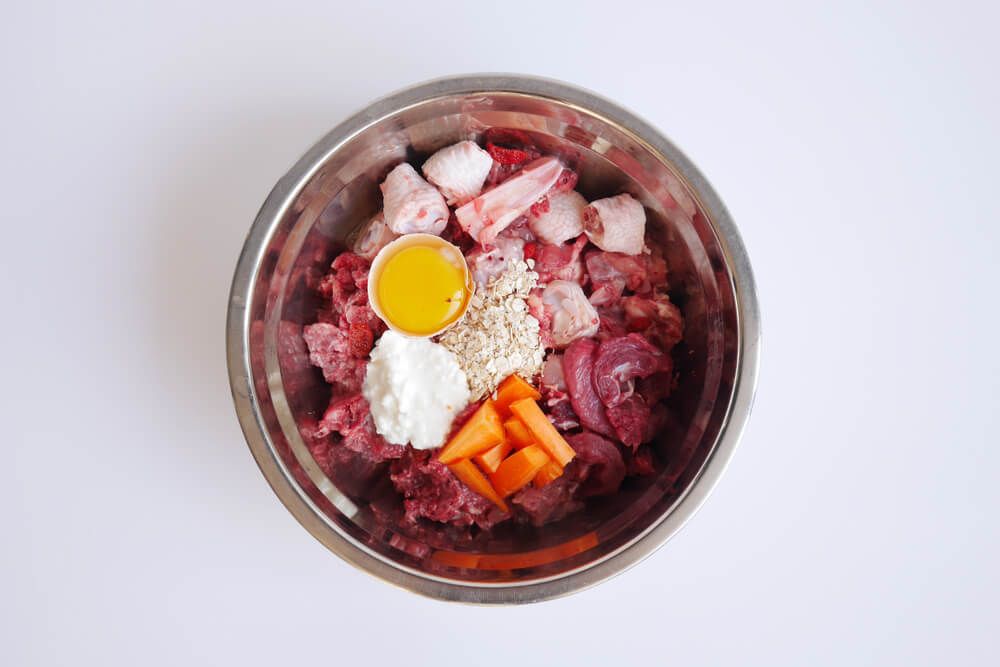
Foods to include in in your dog’s bland diet
As a reminder here is the complete list of foods you can include when making a bland diet meal for your dog:
Carbohydrates:
- White Rice
- Brown Rice
- Oatmeal
- Pasta
- Sweet Potato
- Pumpkin (use for pups with diarrhea only)
- Banana (use for pups with diarrhea only)
Proteins:
- Chicken
- Turkey
- Beef
- Fish
- Scrambled egg
Bland diets for dogs are usually thought of short-term solutions for temporary stomach issues. For pups with naturally sensitive stomachs, Ollie’s Chicken recipe is a limited-ingredient recipe made with chicken, rice, veggies, and egg. This gentle blend is easy on a dog’s stomach, while still providing the balanced nutrition he or she needs long-term.
The Ollie blog is devoted to helping pet parents lead healthier lives with their pups. If you want to learn more about our fresh, human-grade food, check out MyOllie.com.
Tagged As:

The nutrition your dog needs,
the food they want.

Enjoying our articles? Subscribe our Newsletters and get new articles directly to your inbox
You might also like
3 July 2025
5 MINS READ
How Fresh Food Can Help Your Dog Have Perfect Poops
As a pup parent, you’re likely very familiar with your dog’s bathroom habits. While it may not be the most glamorous part of taking care of your pup, a dog’s stool can be one of the most dir…
by Ollie Pets
3 July 2025
5 MINS READ
Understanding the Risks of Raw Dog Food
When it comes to choosing the right diet for your dog, understanding the full picture is crucial for making an informed decision. In this article, we’ll dig deeper into what defines a raw diet, …
by Ollie Pets
3 July 2025
4 MINS READ
Understanding a Balanced Diet for Your Dog
As a dedicated pet parent, you want to provide the best for your dog, and that starts with their food bowl. We all understand the basics of a balanced diet for ourselves, but what does that look l…
by Ollie Pets
